Landscape urbanism is emerging not just as a design philosophy, but as a transformative urban strategy in the face of climate crises, urban inequality, and aging infrastructure. By treating landscapes as foundational systems for resilience rather than ornamental elements, this approach tackles a broad spectrum of urban challenges—from flood management and food security to social equity and ecological renewal. These global case studies serve as powerful evidence of how cities can be reimagined by turning ecological intelligence into civic infrastructure. Whether it’s uncovering buried rivers in Seoul, repurposing elevated railways in New York, or building flood-resilient wetlands in Harbin, each project showcases the potential of designing with nature. Above all, they reinforce a vital lesson: sustainable urbanism doesn’t demand starting over—it calls for reimagining and regenerating what already exists.
Top 10 Landscape Urbanism Projects Redefining City Planning
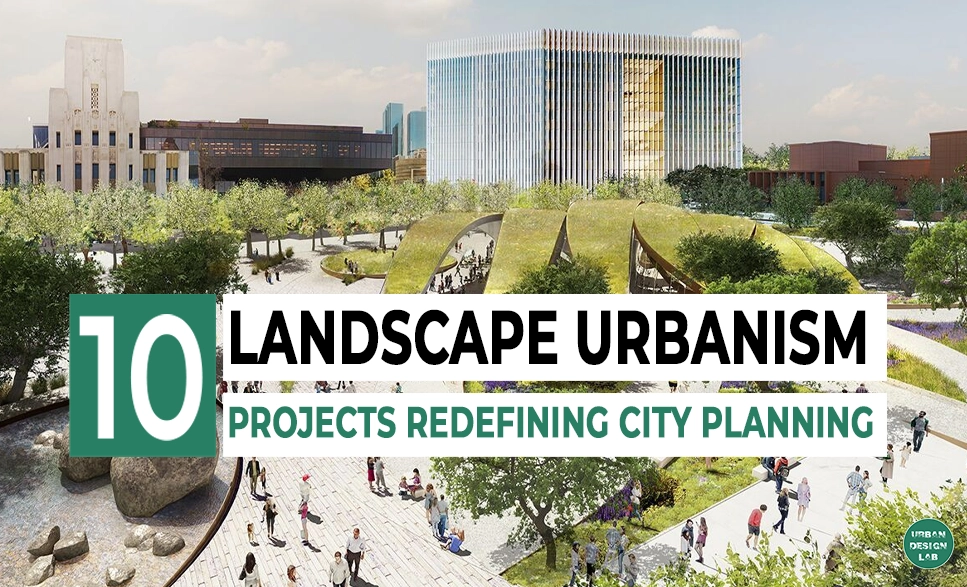
1. The High Line, New York City
Once an obsolete freight rail line, the High Line is now one of New York City’s most cherished urban spaces. Designed by James Corner Field Operations with Diller Scofidio + Renfro, this elevated linear park catalyzed real estate development, community programming, and ecological revival across Manhattan’s West Side. Its layered planting palette, inspired by self-seeded species growing on the abandoned tracks, demonstrates how landscape design can reclaim and reframe urban decay. What makes the High Line particularly innovative is how it integrates public art, performance spaces, and informal gathering nodes into its linear framework—transforming mobility corridors into immersive cultural infrastructure. The project also inspired a global wave of similar transformations in cities from Paris (Promenade Plantée) to Sydney (The Goods Line), setting a new precedent for urban reuse.

2. Cheonggyecheon Stream, Seoul
In downtown Seoul, the Cheonggyecheon Stream restoration dismantled a congested overpass to reveal a buried waterway. Stretching over 11 kilometers, the project not only improved air quality and biodiversity but also rewove cultural memory into the city’s fabric. It significantly reduced the urban heat island effect and became a symbol of civic pride, showing how landscape can drive both ecological healing and urban regeneration. The stream corridor, flanked by pedestrian promenades, bioswales, and public art installations, reconnects fragmented neighborhoods and restores a sense of place long lost to car-centric development. Today, Cheonggyecheon is studied globally as a case where infrastructure removal, rather than addition, created a more resilient, inclusive, and livable city.

3. Revitalizing Underutilized Spaces: Lafarge Northshore, Montreal
Once a barren expanse of scarred earth, the Lafarge Northshore site in Montreal has undergone a profound metamorphosis. Located on the city’s east end, this former industrial quarry was long abandoned, its steep walls and stagnant ponds emblematic of ecological neglect. Today, thanks to the visionary work of landscape architects NIPPAYSAGE, the site is a thriving public park celebrated for its commitment to ecological rehabilitation and cultural reconnection. The park’s design integrates a mosaic of wetlands, native meadows, and winding trails, all underscored by interpretive signage that narrates the site’s layered geological and industrial histories. Seasonal community events—including music festivals, educational walks, and stewardship workshops—have transformed it into a civic landmark. What was once a void is now a vital green lung and cultural platform for the city, demonstrating how brownfields can be reborn through ecological imagination and inclusive planning.

4. Multifunctional Green Infrastructure: Qunli Stormwater Wetland Park, Harbin
In Harbin’s rapidly expanding Qunli district, unchecked development once meant impervious surfaces and frequent flooding. Enter Turenscape’s Qunli Stormwater Wetland Park—a visionary intervention that marries hydraulic engineering with landscape artistry. The 34-hectare site acts as a natural sponge, absorbing and filtering urban runoff while providing a refuge for migratory birds and native flora. Elevated wooden walkways and pavilions allow visitors to traverse the park without disturbing its ecosystems, offering immersive educational and recreational experiences. The design also includes bioretention cells and a layered planting palette that showcases seasonal variation. More than a flood control measure, Qunli is a pedagogical landscape—a demonstration of how green infrastructure can be as beautiful as it is functional, and how ecological performance can be designed into the DNA of a city’s growth.
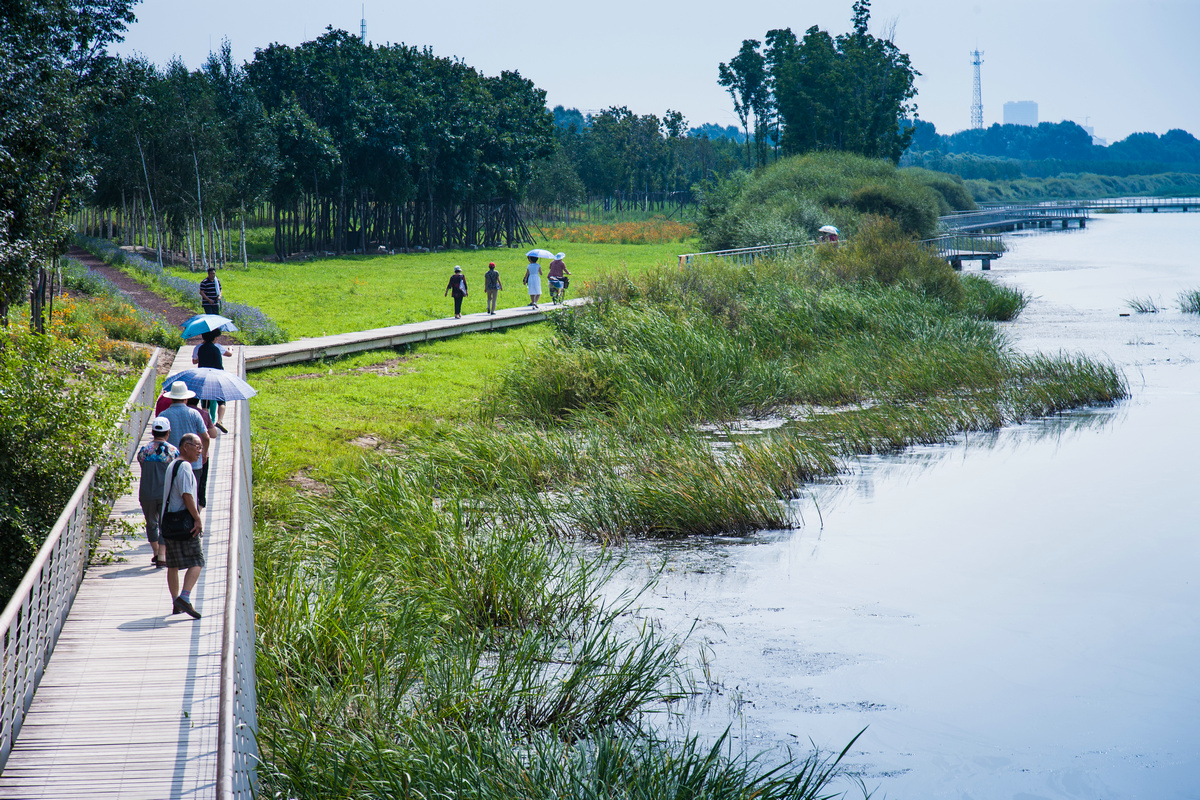
5. Equitable Public Space Access: Benthemplein Water Square, Rotterdam
As climate pressures intensify, Rotterdam has emerged as a global laboratory for adaptive design. At the heart of this innovation is Benthemplein Water Square, a pioneering project by De Urbanisten that turns water management into urban theater. The square consists of three basins shaped like angular bowls, each designed to collect and store rainwater during peak storms. But when dry, these same basins become basketball courts, amphitheaters, skate parks, and gathering zones for schools and neighborhoods nearby. Brightly painted concrete surfaces, LED lighting, and integrated seating ensure the space remains active year-round. This dual-use strategy not only prevents sewer overflow but also addresses the scarcity of equitable public space in dense urban areas. Benthemplein doesn’t just absorb water—it absorbs community life, becoming a stage for both environmental resilience and social vitality.

6. Integrating Urban Agriculture: Growing Home, Chicago
In Englewood, one of Chicago’s most economically challenged neighborhoods, a quiet green revolution is taking root. Growing Home operates several USDA-certified organic farms on formerly vacant lots, producing thousands of pounds of vegetables each year. But the deeper harvest is social: the organization runs a transitional employment program that has helped over 500 individuals—many formerly incarcerated or homeless—gain job skills and permanent employment. These farms are more than plots of land; they are restorative spaces for people and ecosystems alike. The project also partners with local schools for nutritional education, connects to local farmers’ markets, and uses regenerative techniques that enrich the soil. In a city plagued by food deserts and inequity, Growing Home is a powerful model of how landscape urbanism can bridge green infrastructure with social infrastructure—cultivating food, dignity, and community resilience all at once.

7. Resilient Coastal Design: The BIG U, New York City
Conceived in the wake of Hurricane Sandy, The BIG U is a visionary urban flood protection plan for Lower Manhattan—designed not just to hold back water, but to invite people in. The 10-mile horseshoe-shaped scheme by Bjarke Ingels Group (BIG) reimagines the waterfront as a series of linked, protective zones including elevated berms, retractable walls, and landscaped parks that serve both as barriers and beloved public spaces. Zones like East River Park, Battery Berm, and Chinatown Pavilion are being reconfigured to offer gardens, community gathering spaces, skate parks, and performance venues—all while withstanding future sea level rise and storm surges. The project is being implemented in phases, with parts funded through Rebuild by Design and federal grants. The BIG U exemplifies how landscape architecture can offer civic dignity and climate protection in tandem—turning a vulnerable coastline into a resilient social spine.

8. Green Corridors and Cultural Connectivity: The Emerald Necklace, Boston
Designed in the 1870s by Frederick Law Olmsted, Boston’s Emerald Necklace was one of the earliest demonstrations of green infrastructure before the term even existed. Stretching across six parks and waterways, it links the Charles River to Franklin Park through meadows, ponds, and forested paths, creating a continuous 7-mile ecological artery. Today, the Necklace plays a pivotal role in stormwater management, with floodable zones and wetlands engineered to absorb runoff. The recent Muddy River Restoration Project has improved water quality, native vegetation, and flood resilience. The Necklace also fosters cultural inclusion by linking diverse neighborhoods like Roxbury, Jamaica Plain, and Fenway. Community-driven programming—concerts, farmers markets, and fitness trails—ensure its relevance for contemporary urban life. More than a park system, it’s a socio-ecological lifeline that fuses heritage with hydrology.

9. Restoring Urban Ecologies: Freshkills Park, Staten Island
The transformation of Freshkills from the world’s largest landfill into one of the world’s largest urban parks is an ecological feat of staggering ambition. Once synonymous with New York’s waste crisis, the site now spans 2,200 acres of rolling meadows, restored wetlands, tidal creeks, and woodlands. Its design by Field Operations integrates methane capture systems, leachate treatment facilities, and habitat zones for over 200 species of birds, reptiles, and pollinators. Trails for hiking, kayaking, and biking are progressively opening to the public as the landscape heals. In addition, Freshkills offers a living laboratory for climate science, hosting art installations and environmental education centers that explore waste-to-wilderness narratives. This site exemplifies how landscape urbanism can tackle massive-scale remediation and emerge with a poetic, livable outcome. It is, quite literally, the greenest resurrection of land once deemed irredeemable.

10. Landscape-Led Urban Redevelopment: HafenCity, Hamburg
HafenCity stands as a global benchmark in climate-conscious waterfront redevelopment. Covering 388 acres of former docklands along the Elbe River, the project envisions a complete urban district built for the 21st century. Rather than erecting levees, HafenCity uses “Warft” principles—elevating buildings and public areas on artificial mounds above projected flood levels. Landscape architects have interwoven plazas, canals, promenades, and green courtyards throughout the district, promoting walkability and social interaction. Sustainability is institutionalized, with buildings adhering to the HafenCity Environmental Sustainability Indicator System (HCH-EQS), which covers energy use, material sourcing, and ecological integration. Cultural venues like the Elbphilharmonie concert hall and interactive waterfront museums enrich the civic life of residents and visitors alike. HafenCity shows how urban renewal can be both climate-resilient and culturally magnetic, setting a precedent for inclusive, blue-green development on global waterfronts.

Conclusion: Designing the Urban Future Through Landscape
Conclusion: Designing the Urban Future Through LandscapeFrom New York to Harbin, Hamburg to Chicago, these case studies reflect a profound shift in how we conceive urban form—not as static concrete grids, but as dynamic, living systems. Landscape urbanism is no longer a fringe idea—it is essential urban policy. By embedding ecology, equity, and economy into the bones of cities, these projects show what’s possible when we let nature and people co-author the metropolis.
Kenzy Amr is a third-year student at the German University in Cairo (Egypt). She is pursuing a degree in Architecture and Urban Design, with a particular focus on traditional architectural approaches and sustainability in the modern era. Kenzy’s main goal is to improve the quality of life for users by integrating nature and traditional methods, thereby creating vibrant spaces. In her architectural designs, she employs a contemporary-traditional approach.
Related articles
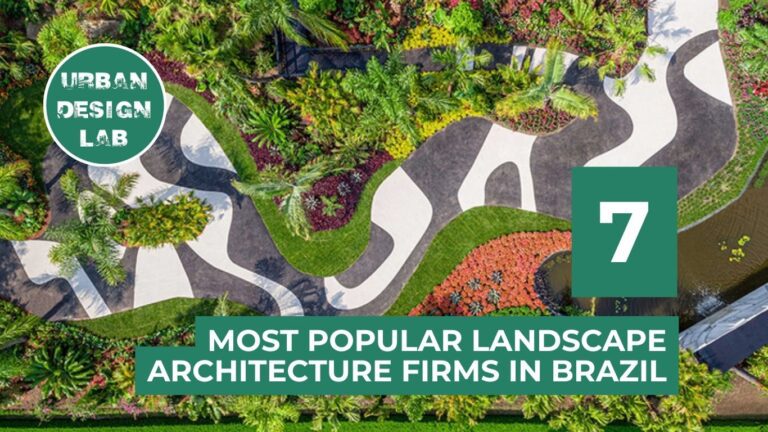
Top 7 Landscape Architecture Firms in Brazil You Should Know
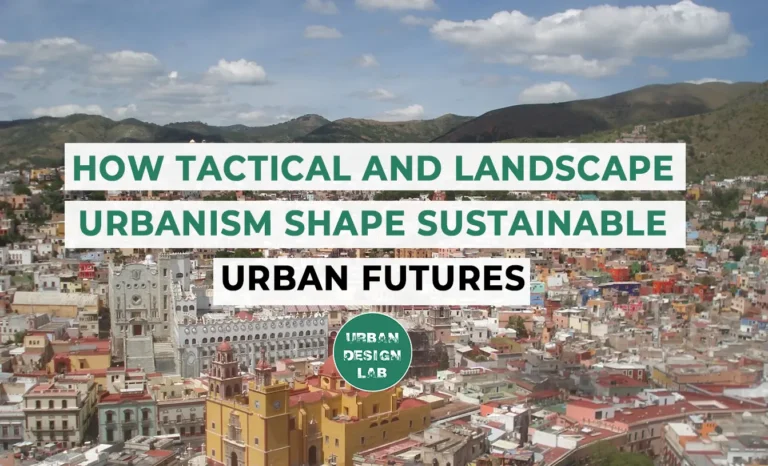
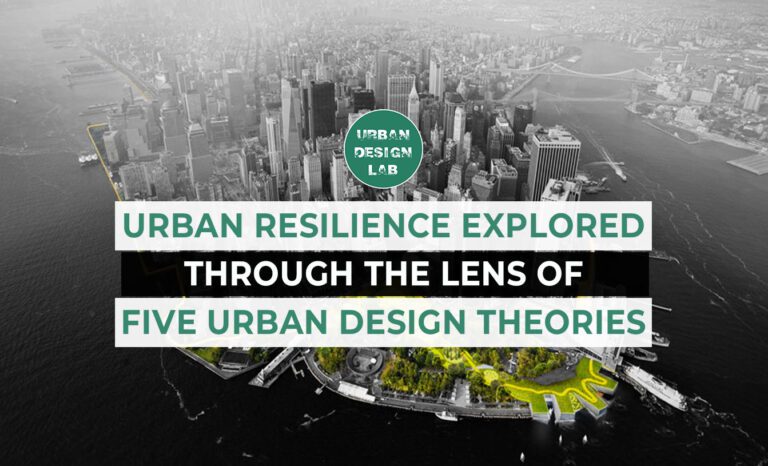
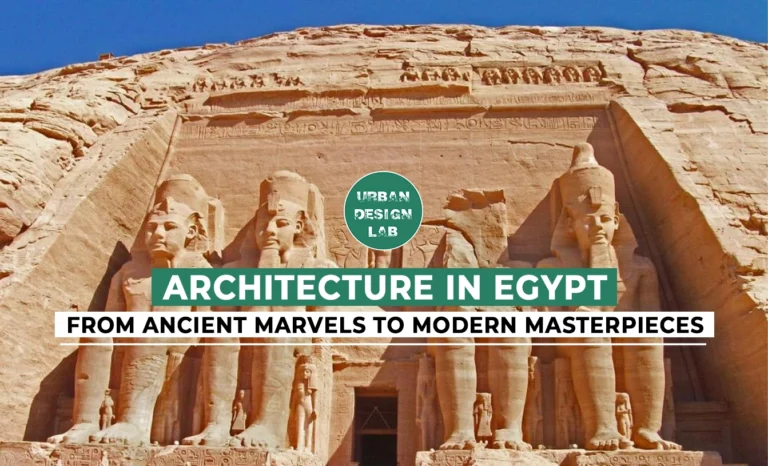
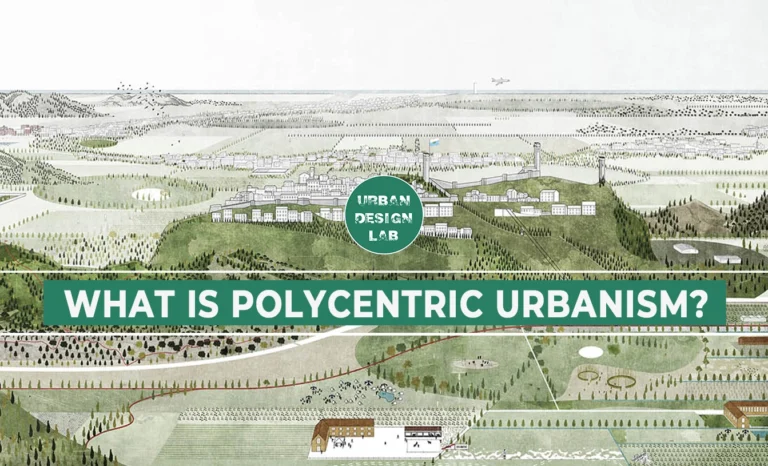
What is Polycentric urbanism?

Zaha Hadid: The Architect Who Redrew the Skyline
UDL Illustrator
Masterclass
Visualising Urban and Architecture Diagrams
Session Dates
17th-18th January 2026

Urban Design Lab
Be the part of our Network
Stay updated on workshops, design tools, and calls for collaboration
Curating the best graduate thesis project globally!

Free E-Book
From thesis to Portfolio
A Guide to Convert Academic Work into a Professional Portfolio”
Recent Posts
- Article Posted:
- Article Posted:
- Article Posted:
- Article Posted:
- Article Posted:
- Article Posted:
- Article Posted:
- Article Posted:
- Article Posted:
- Article Posted:
- Article Posted:
- Article Posted:
- Article Posted:
Sign up for our Newsletter
“Let’s explore the new avenues of Urban environment together “
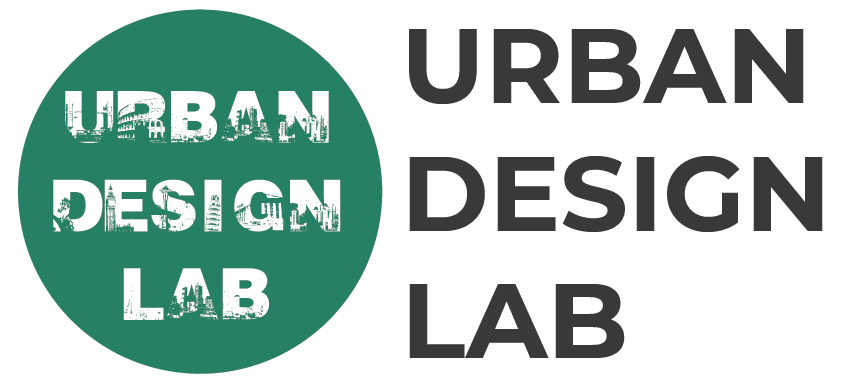
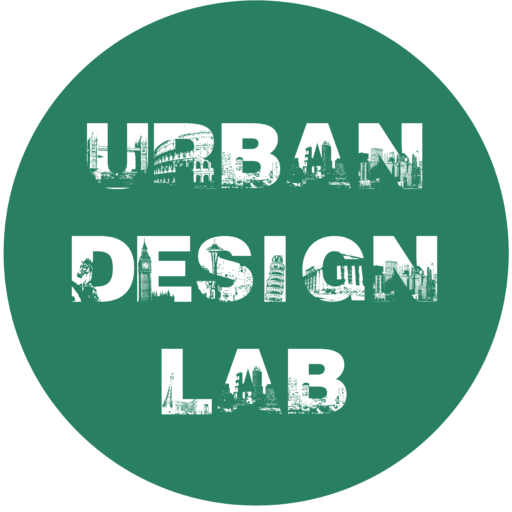


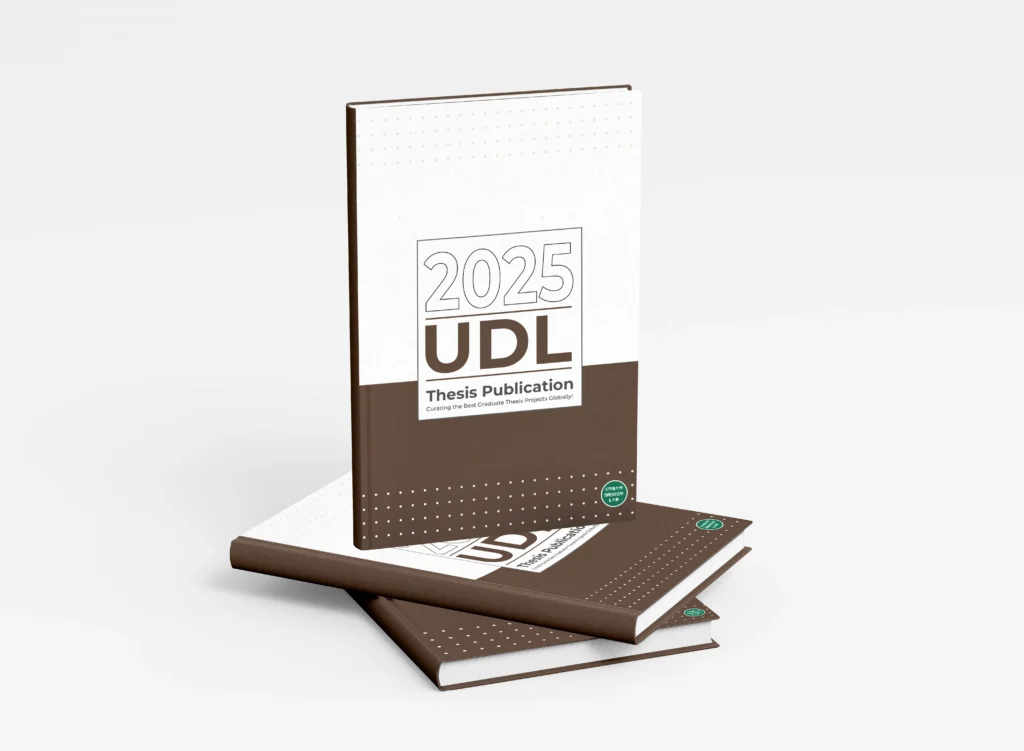
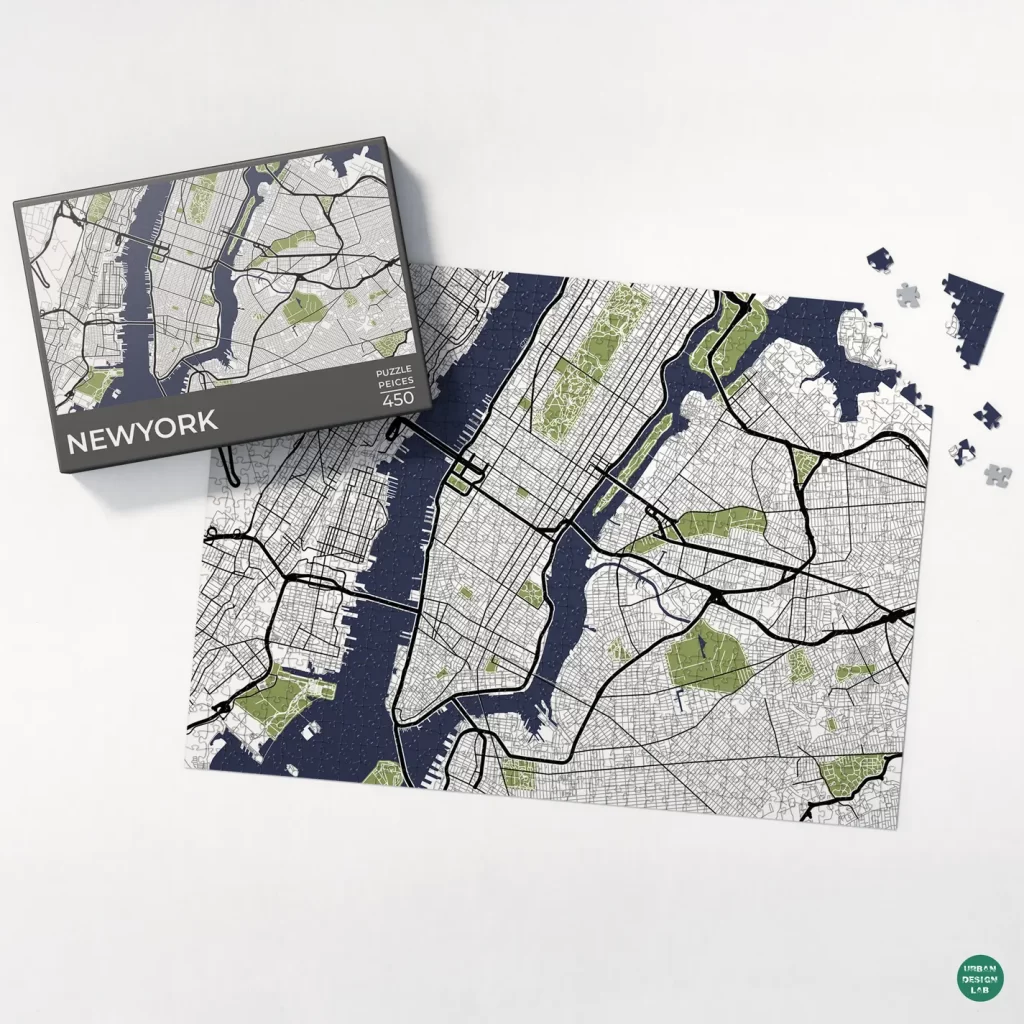
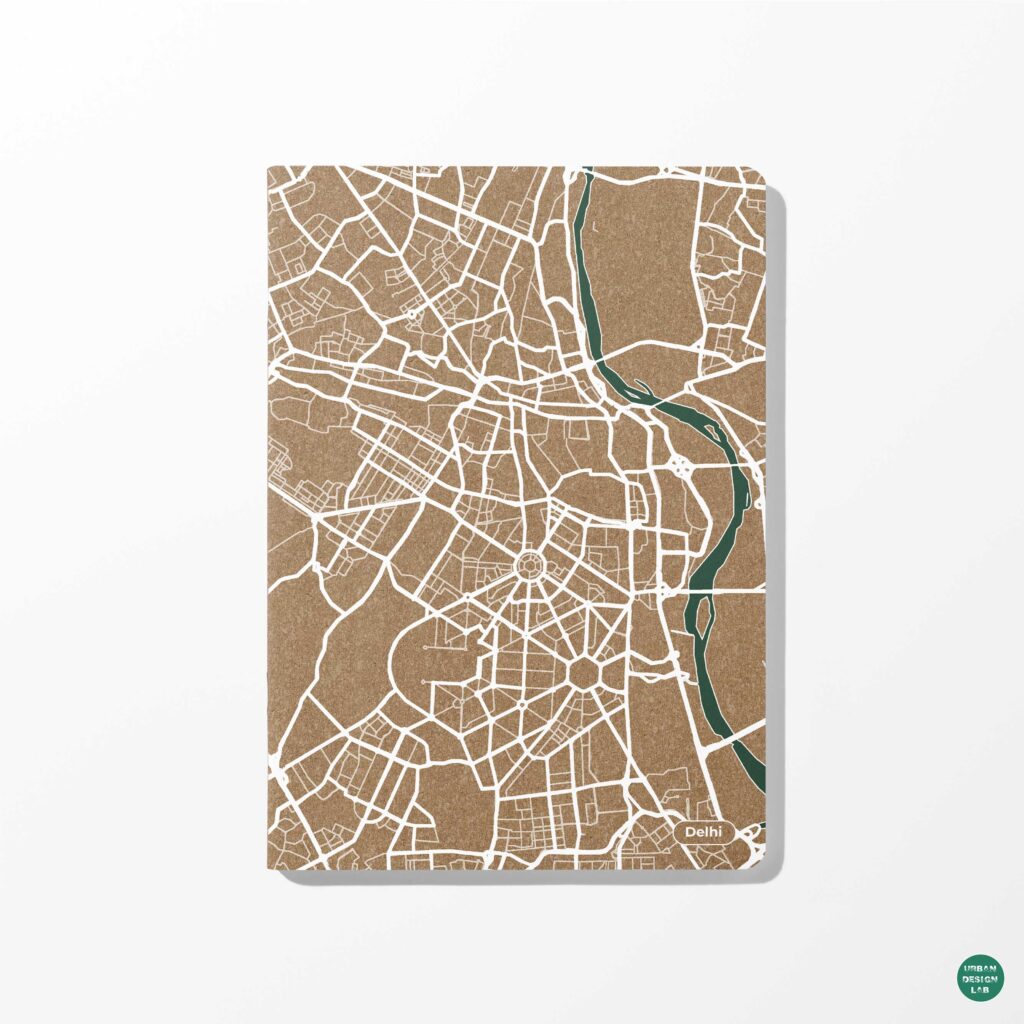
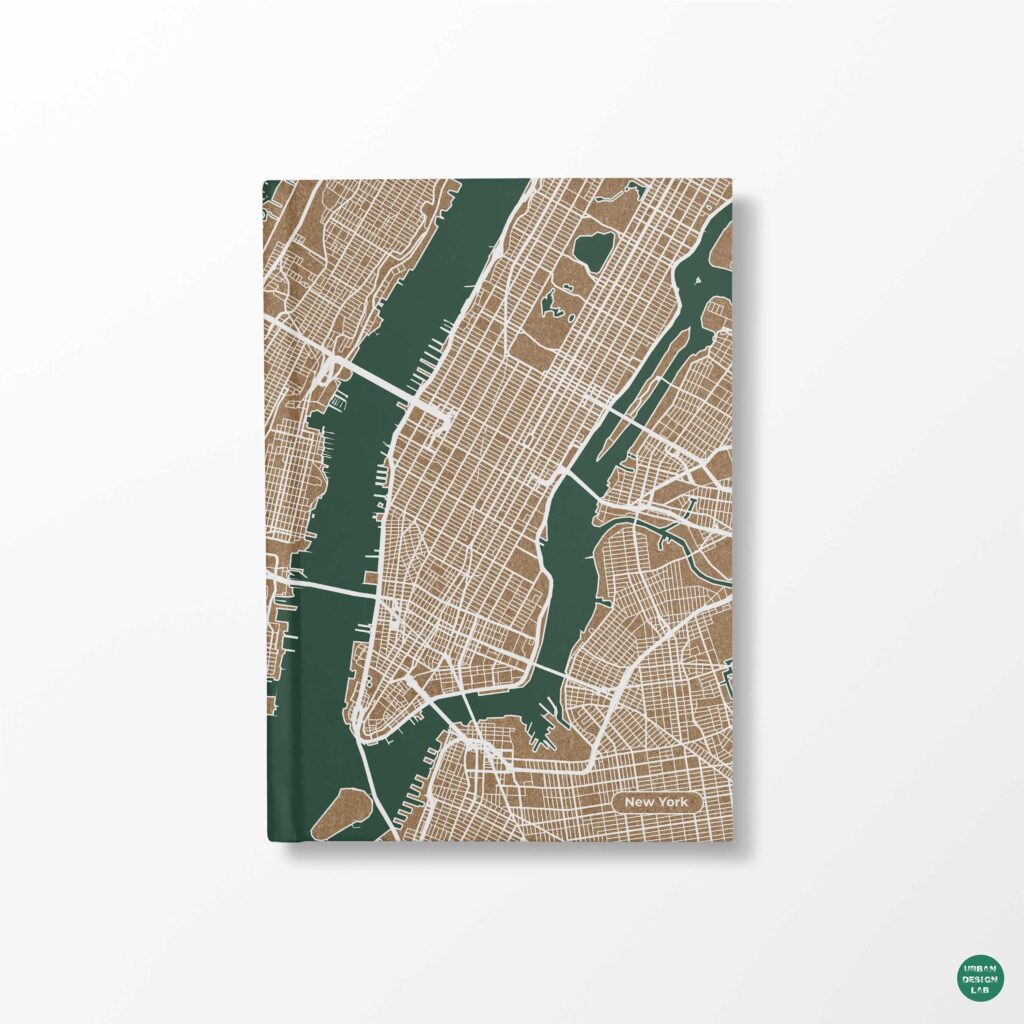
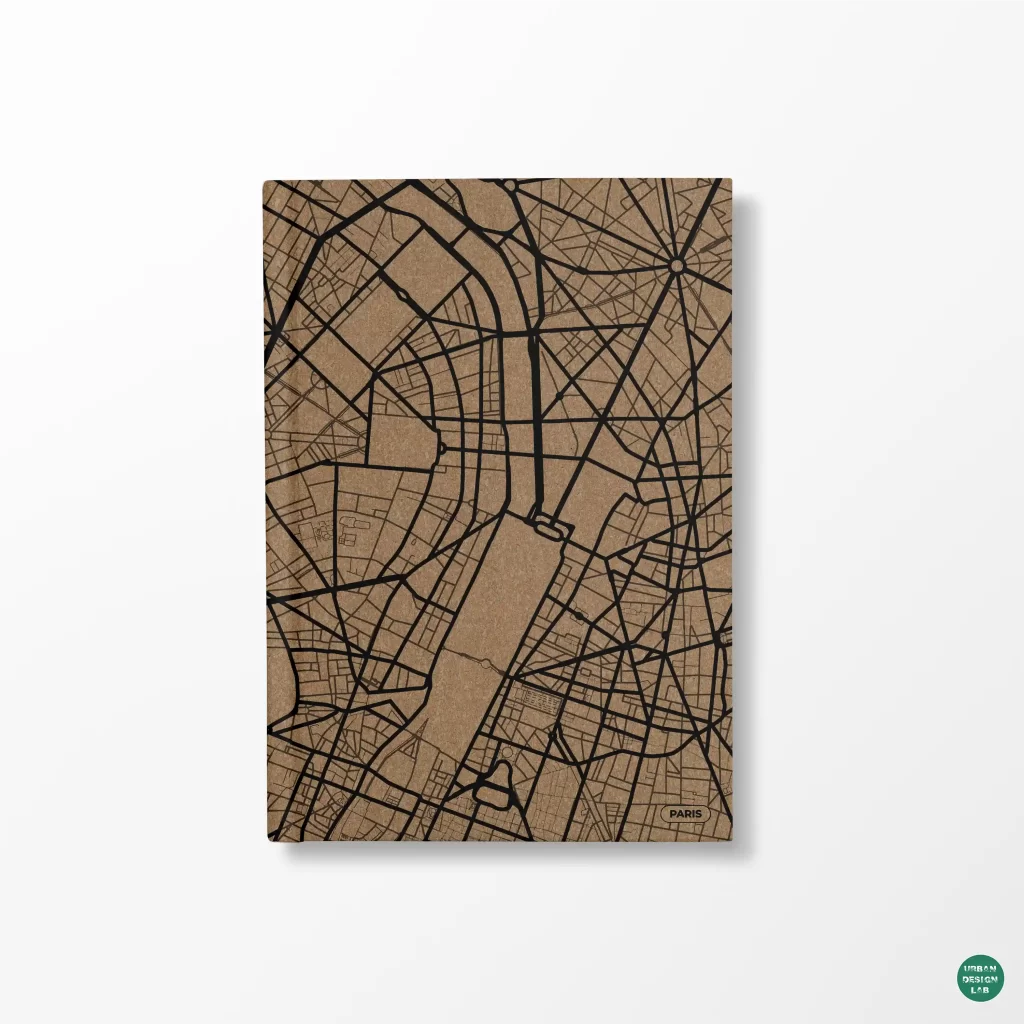
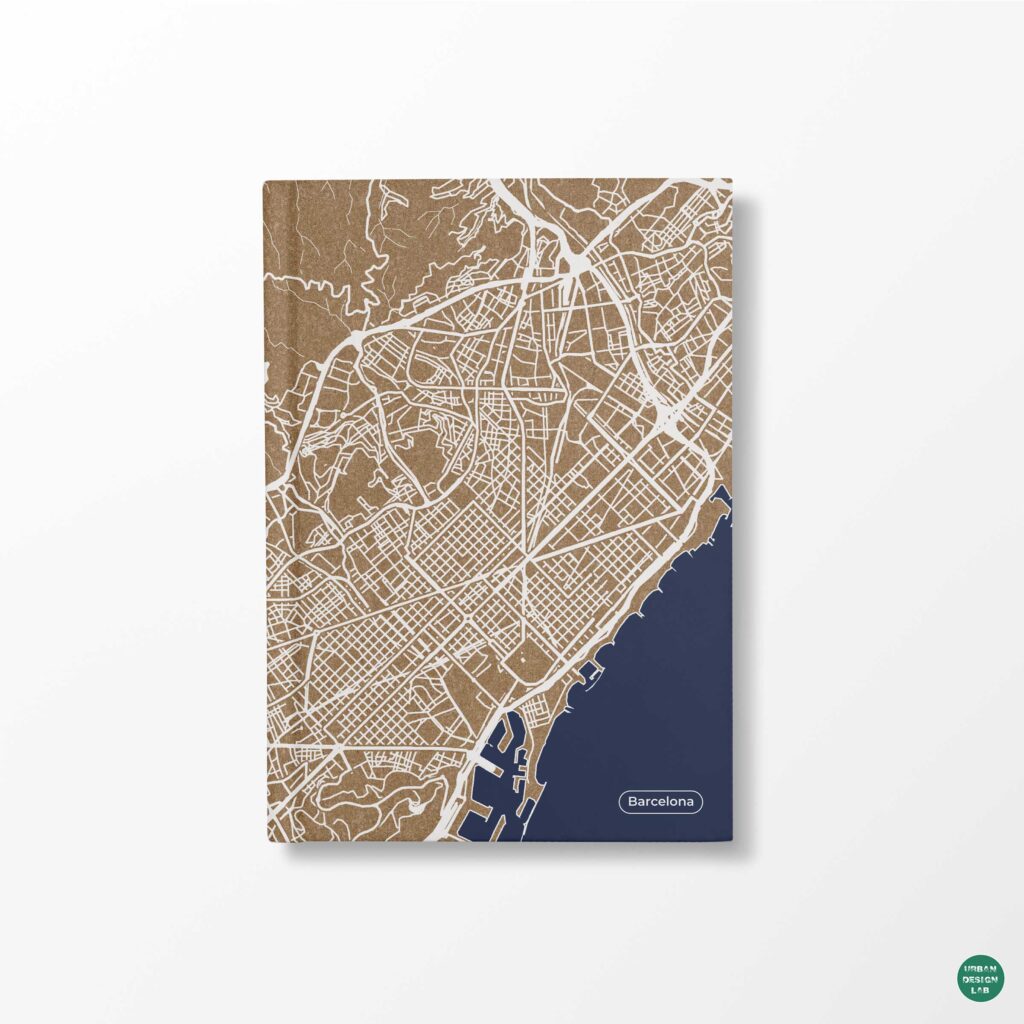

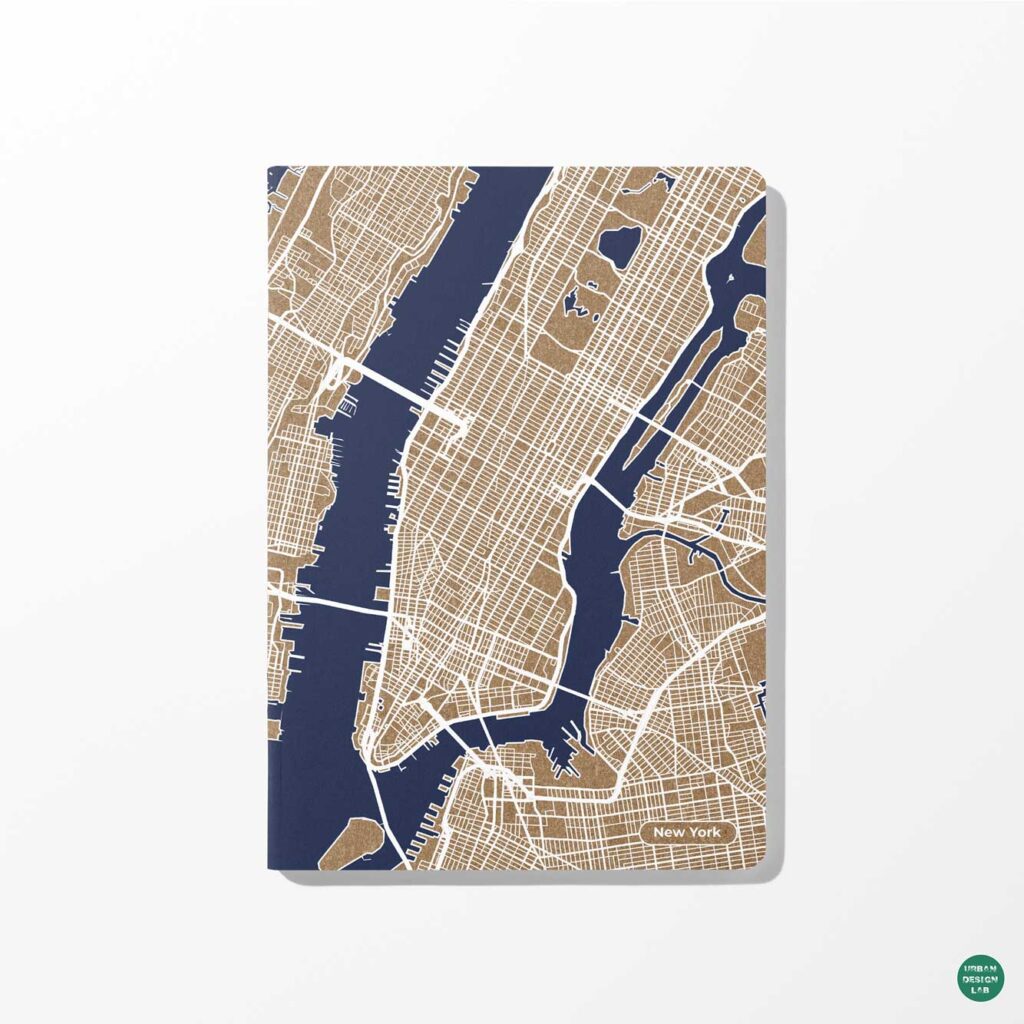
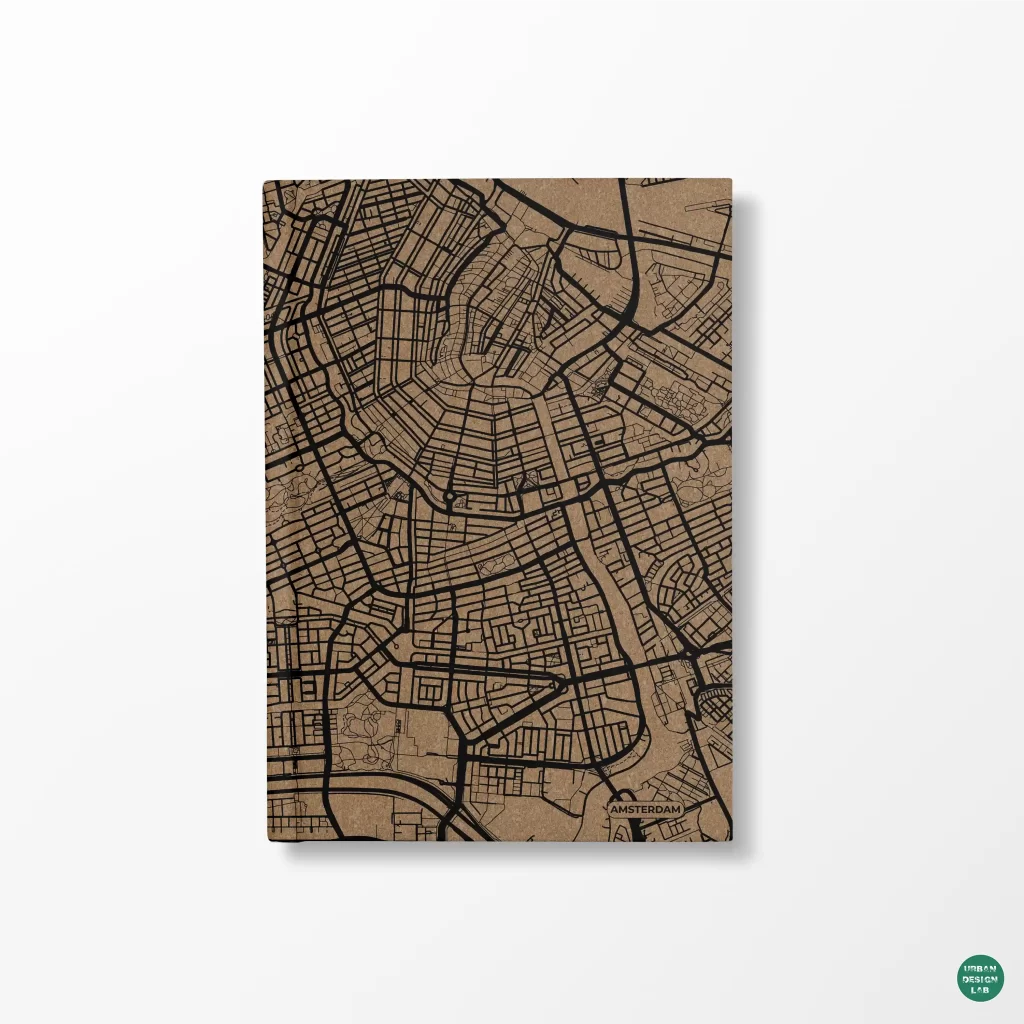



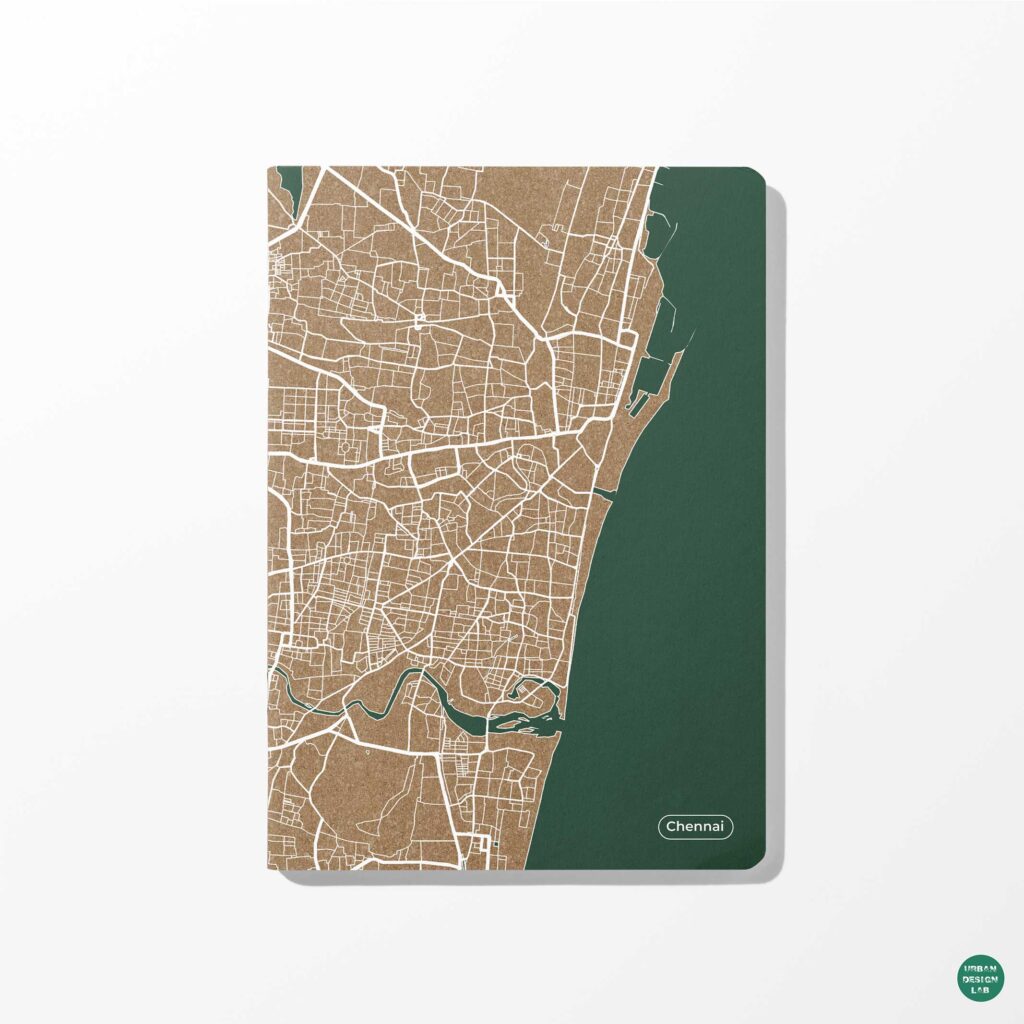
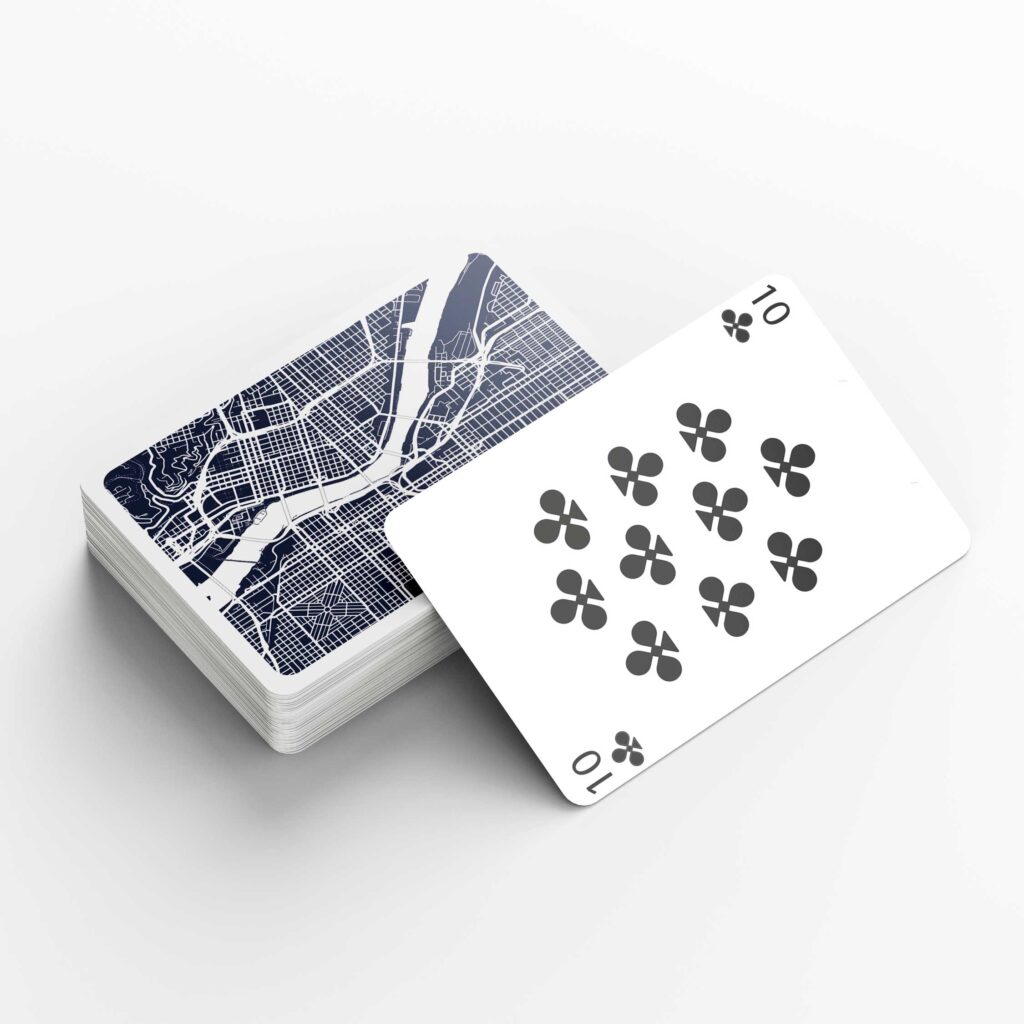
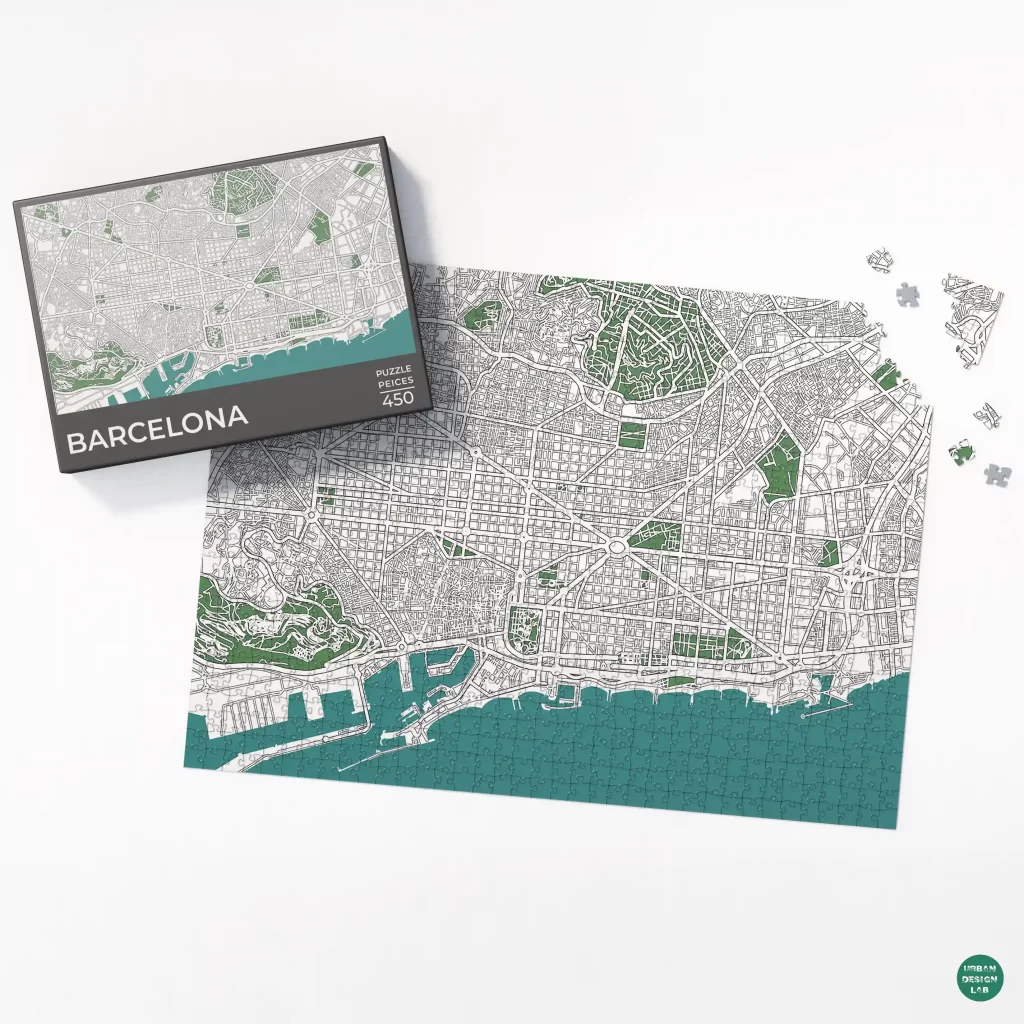
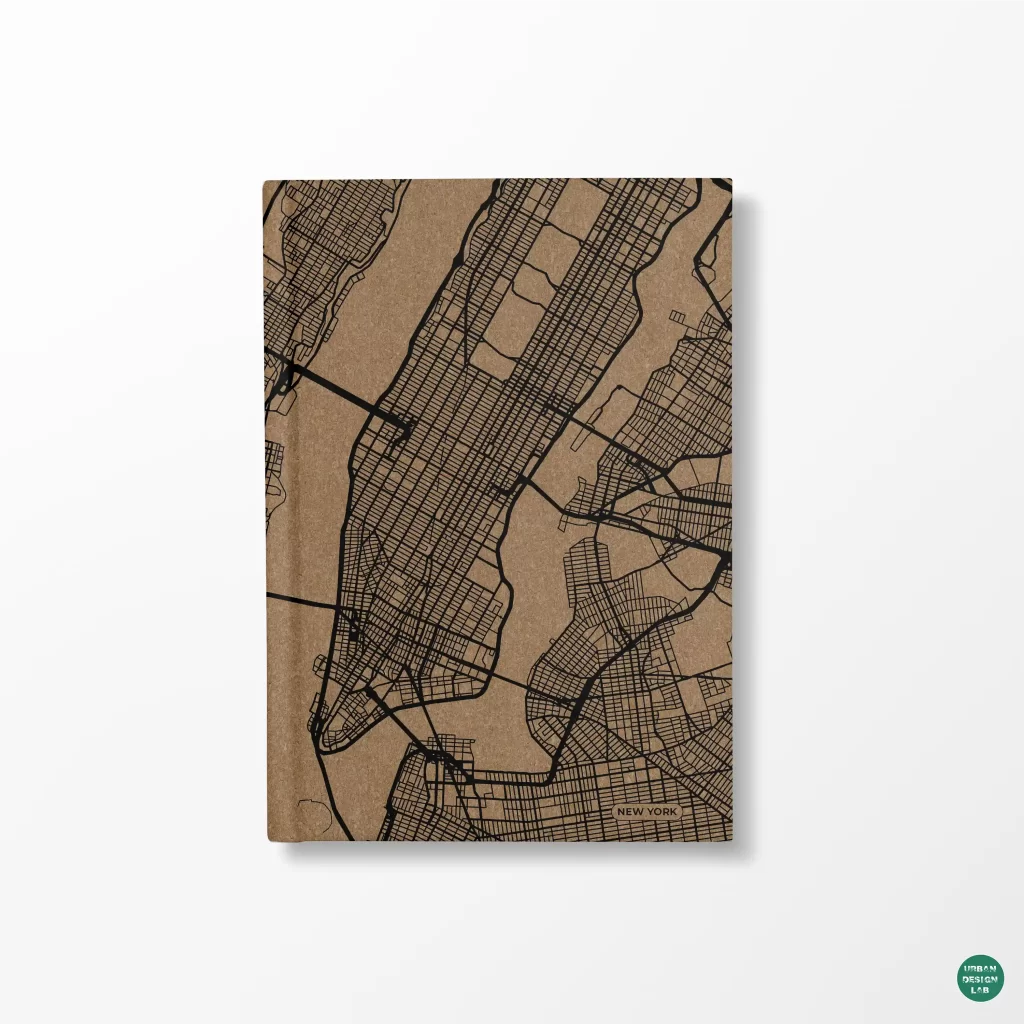
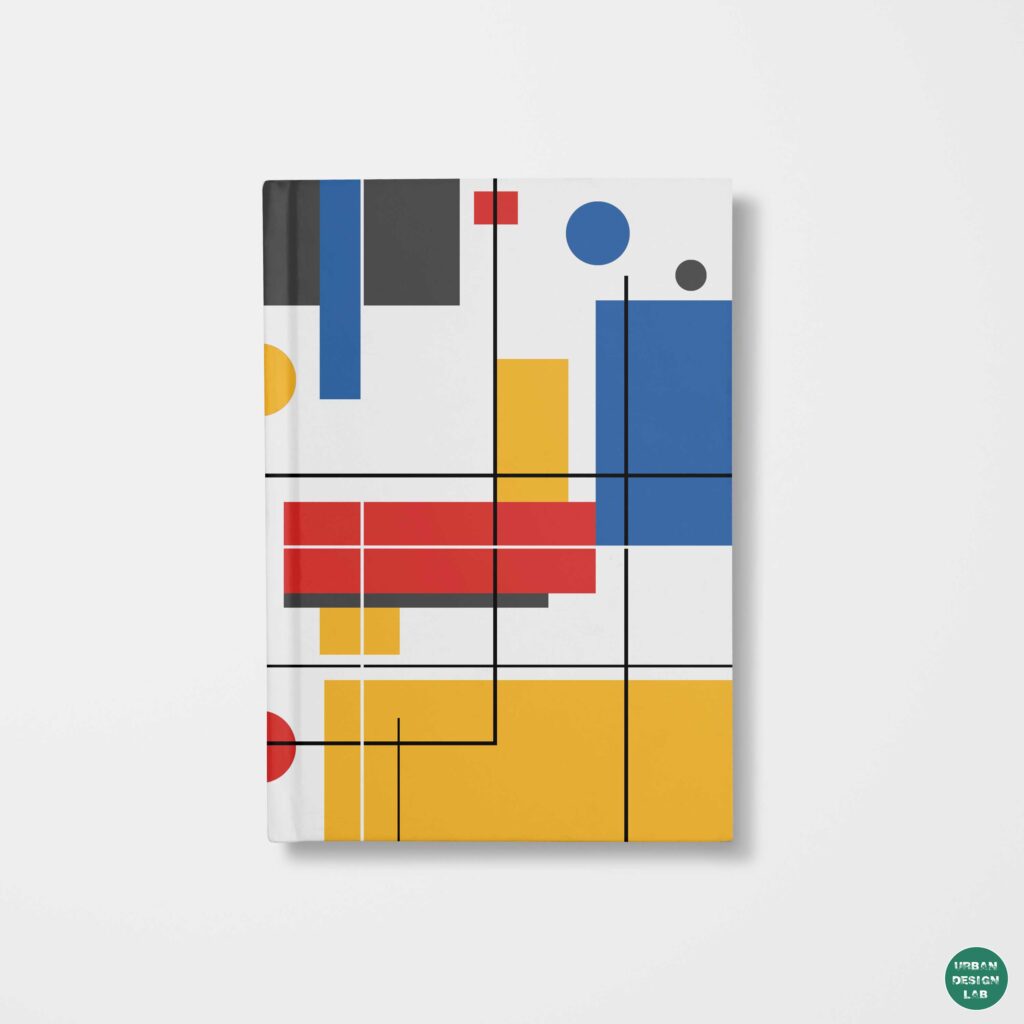
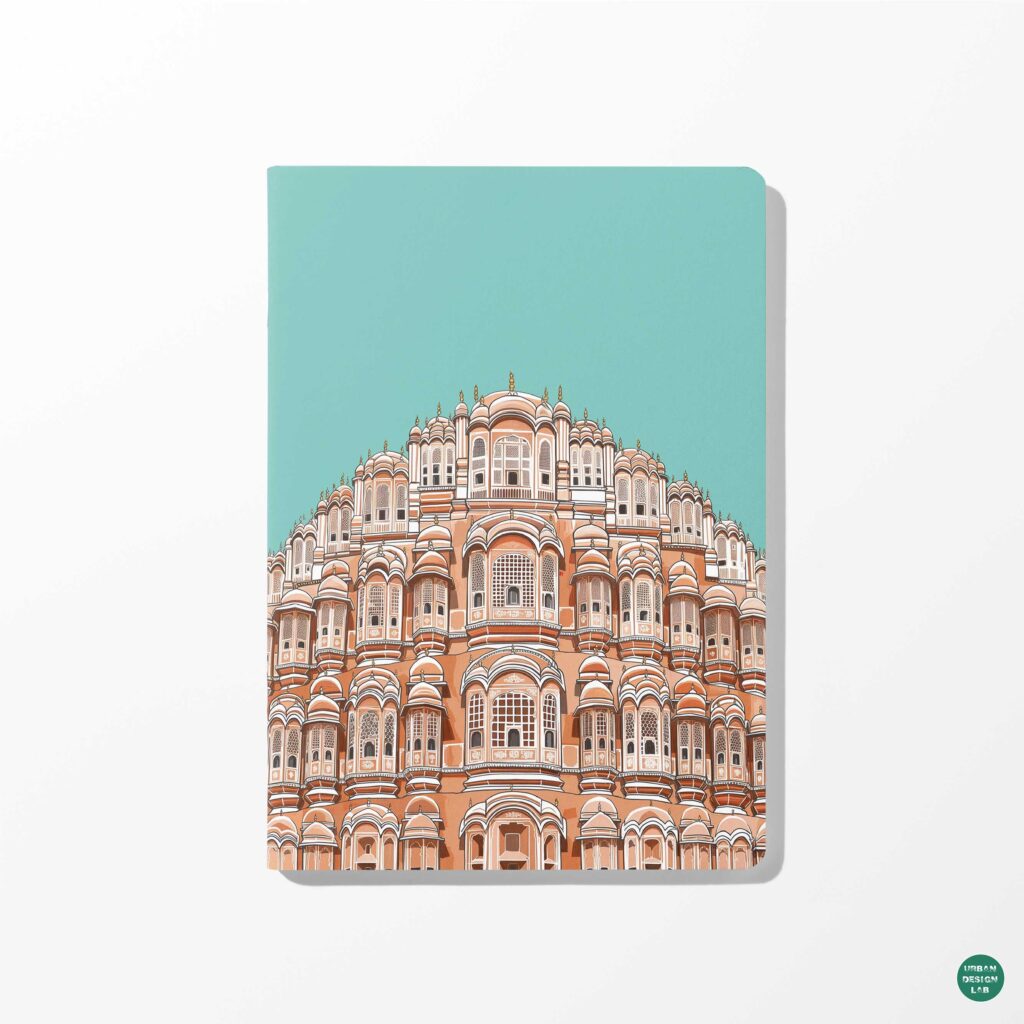
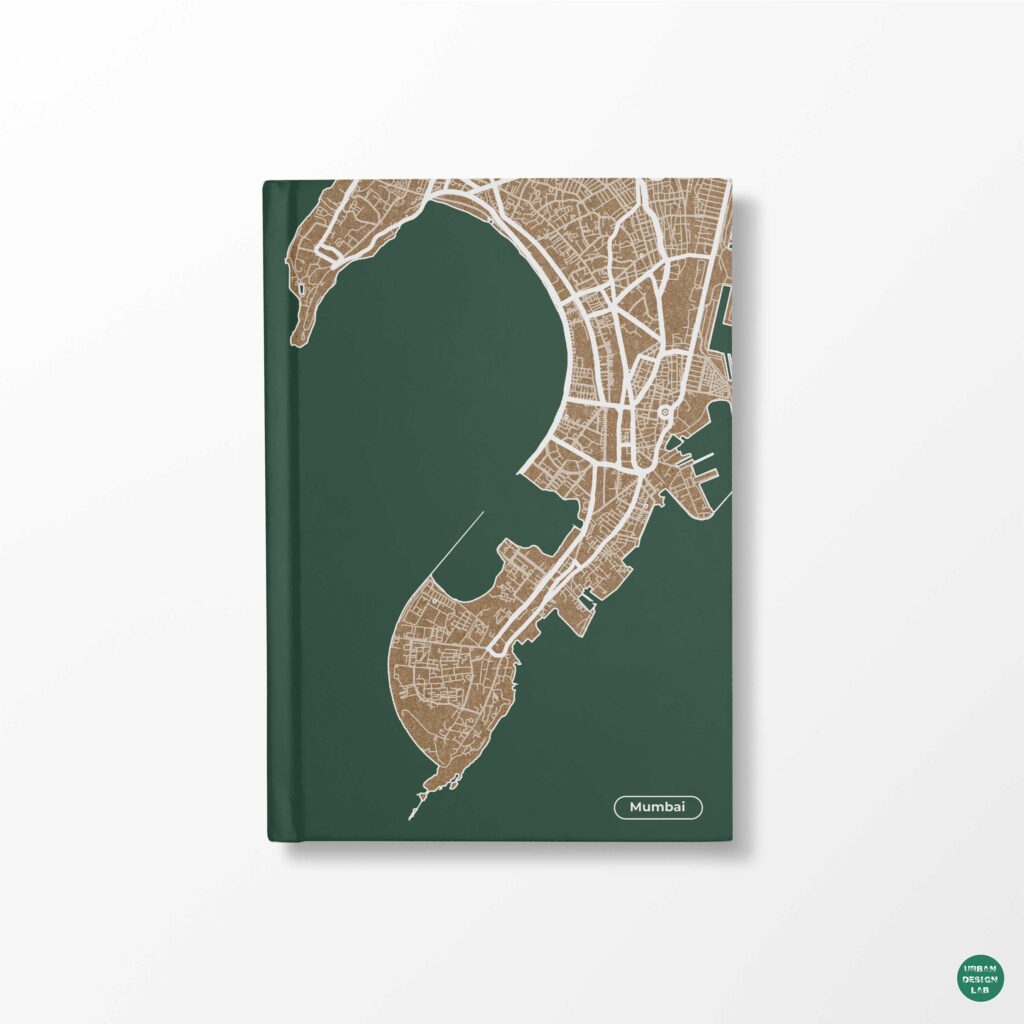
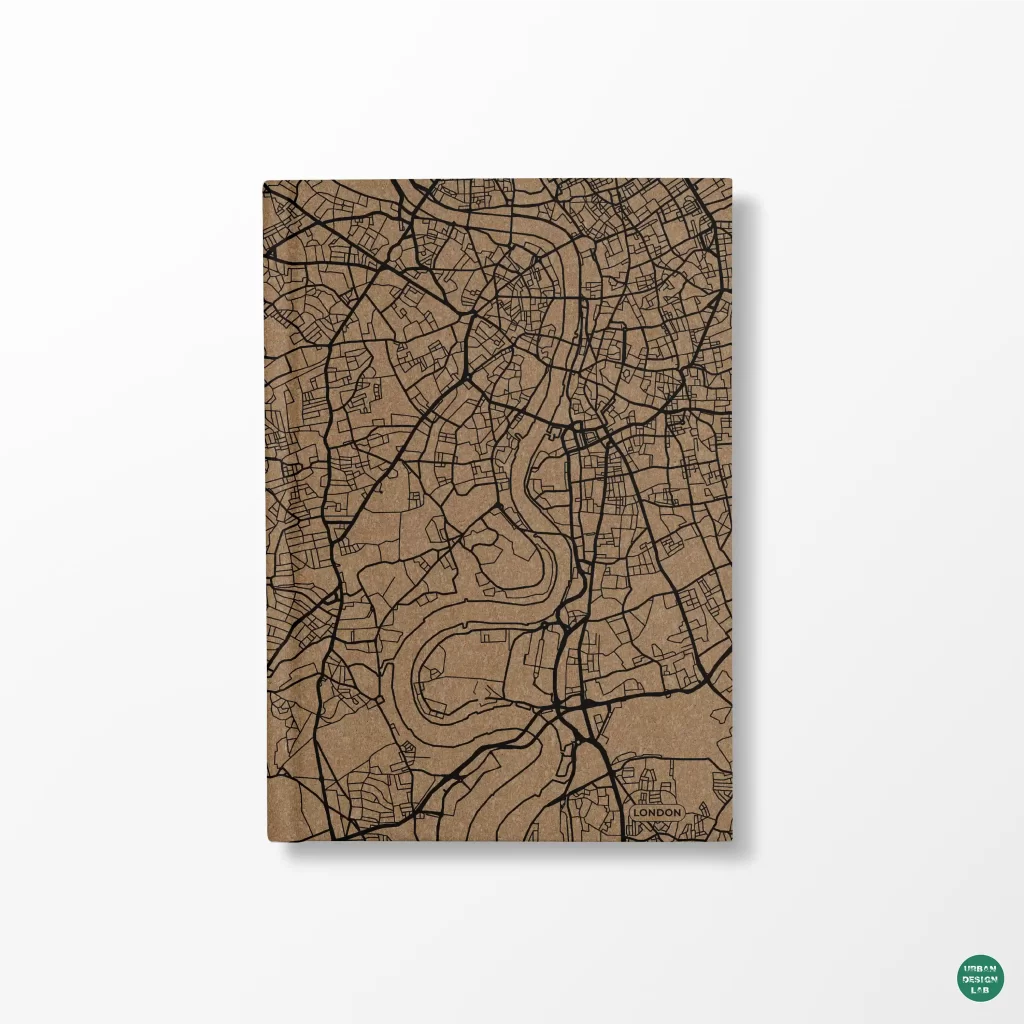
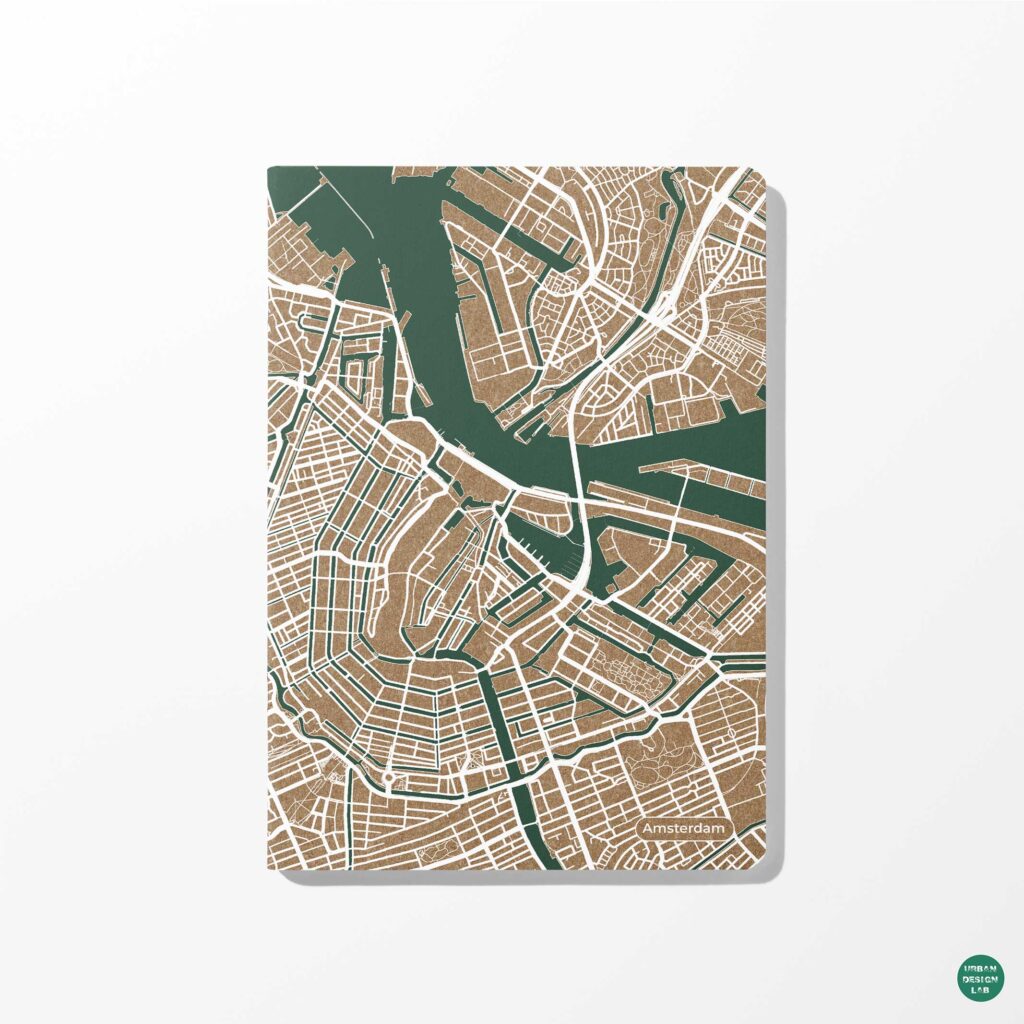


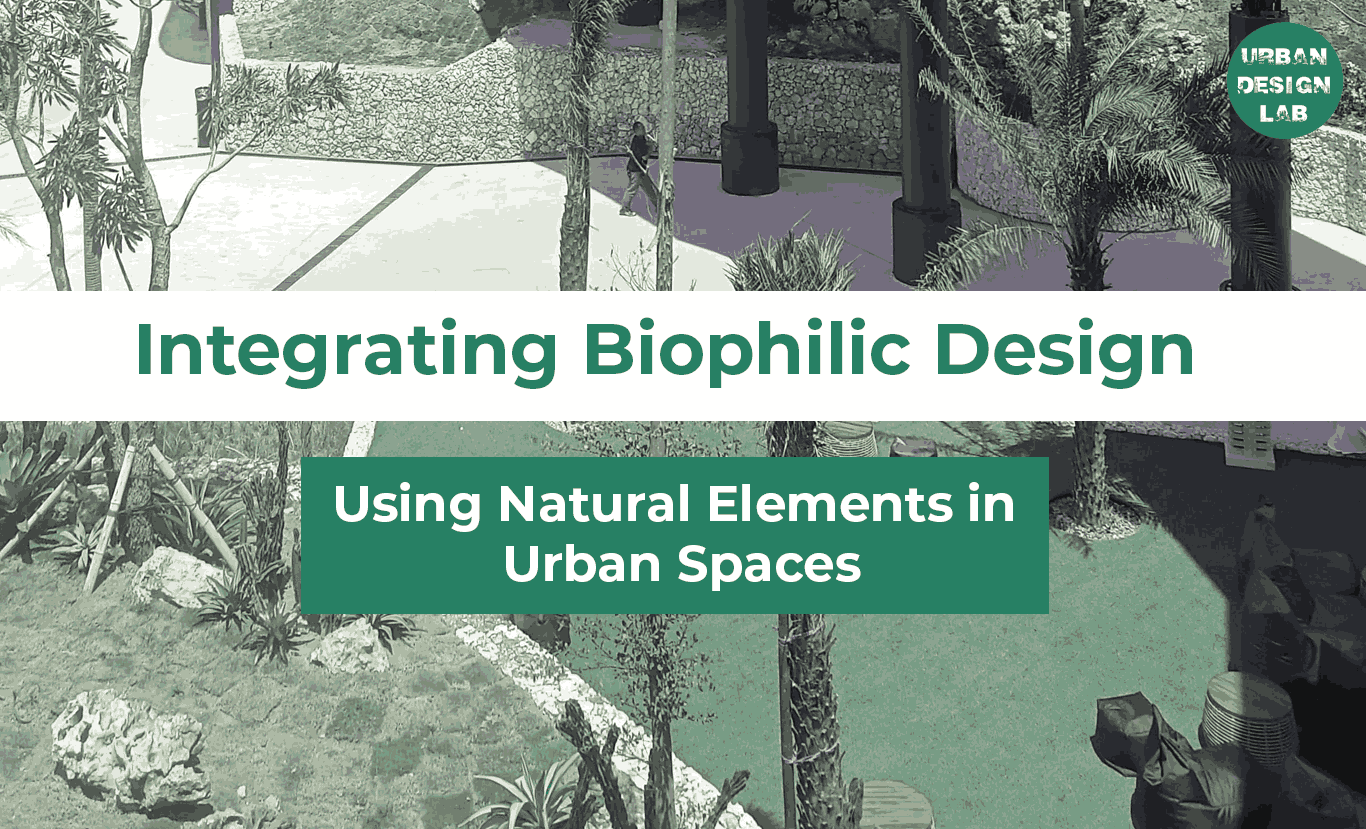



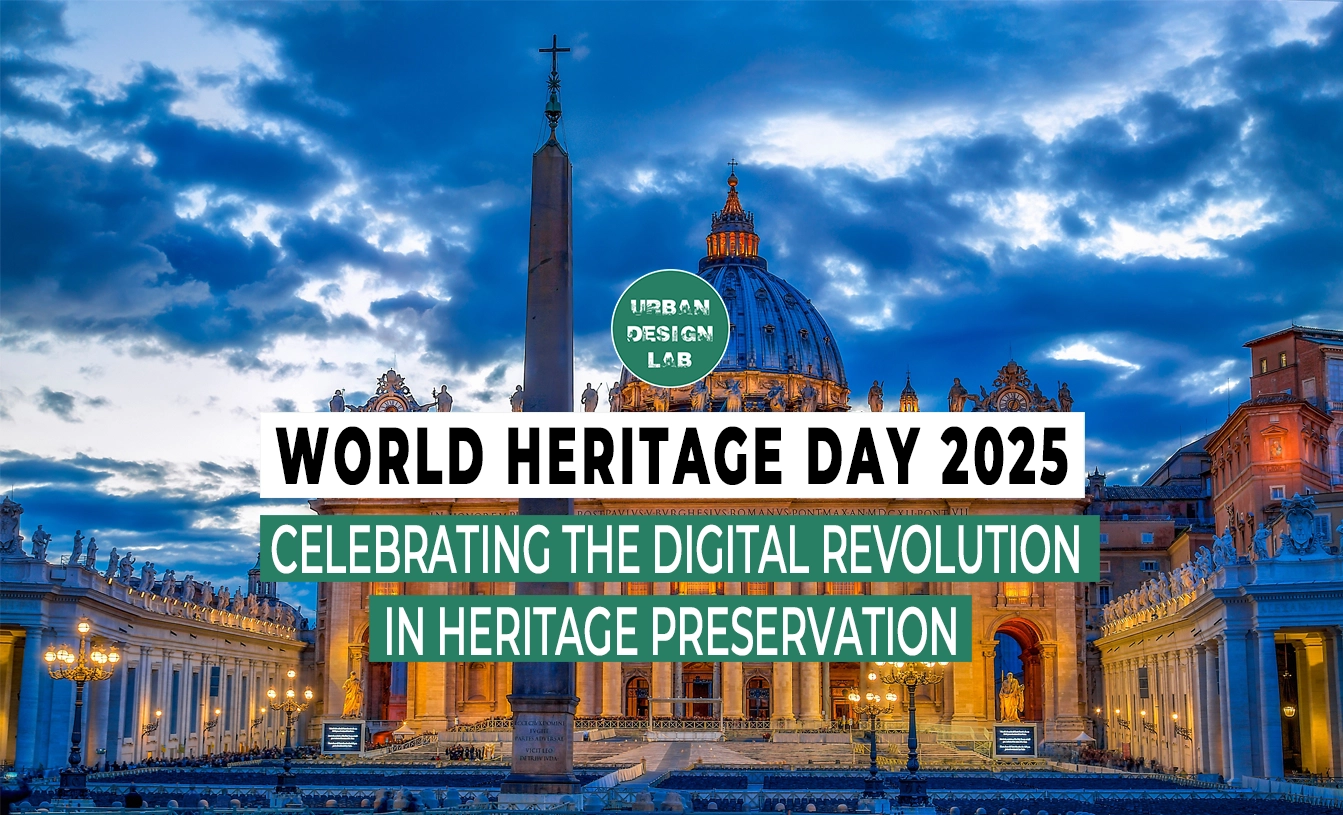
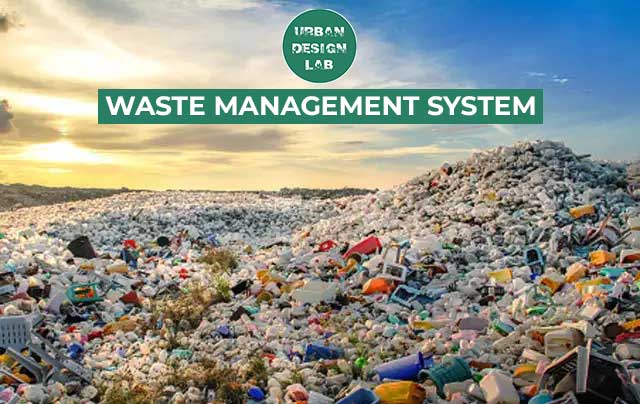

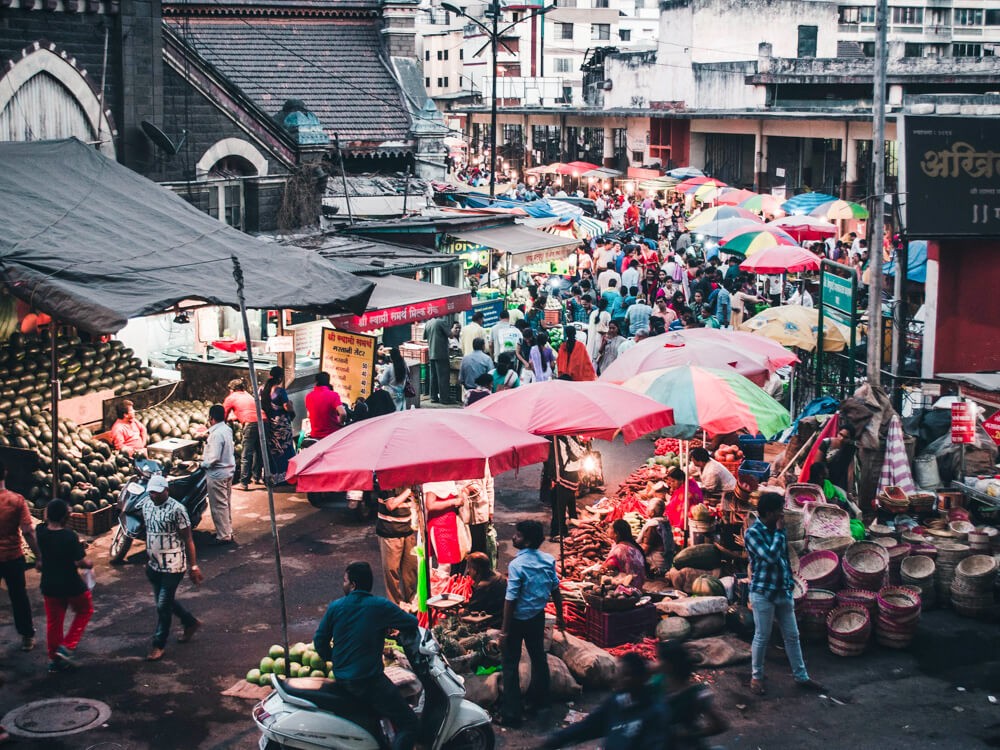
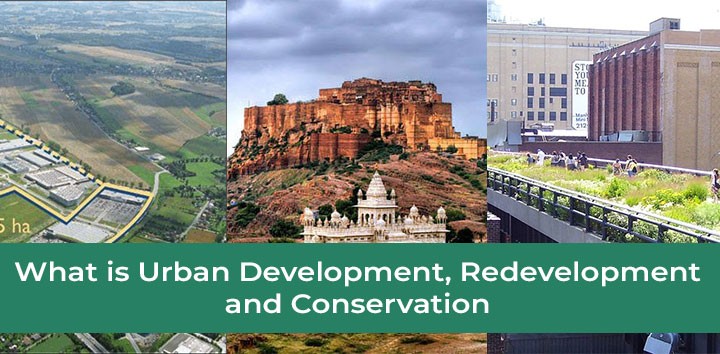
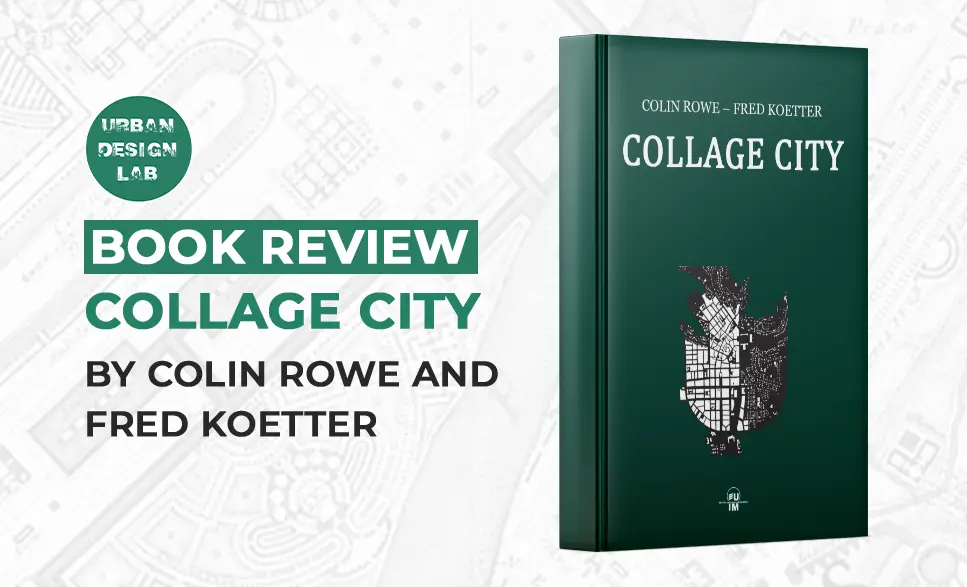
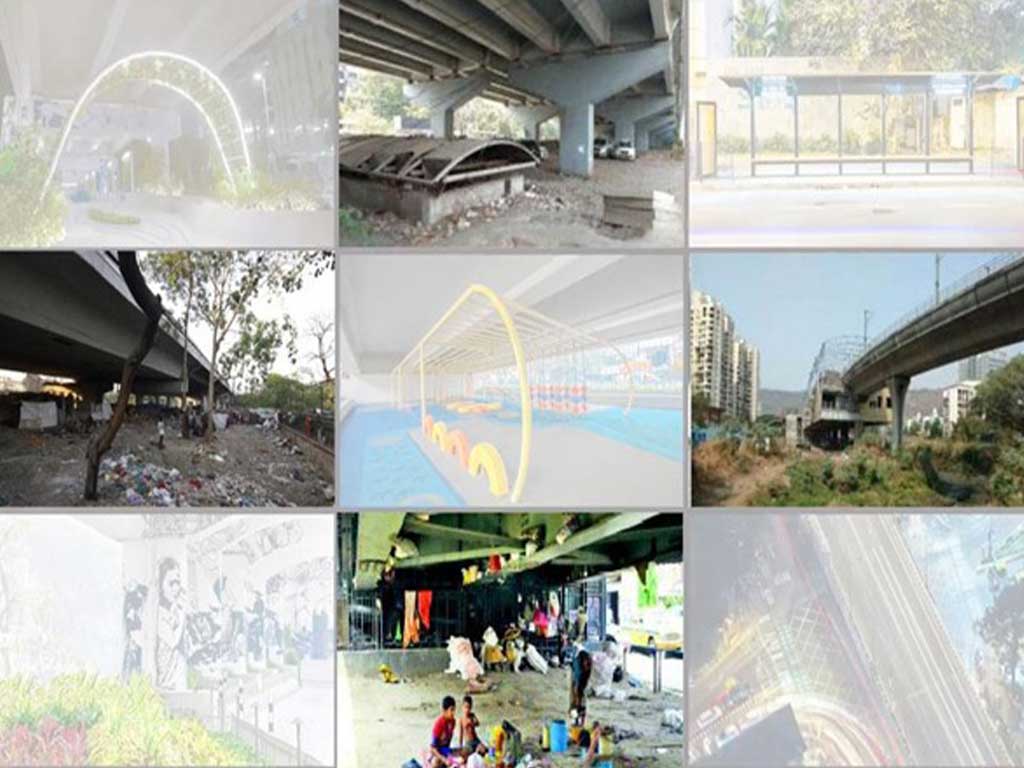

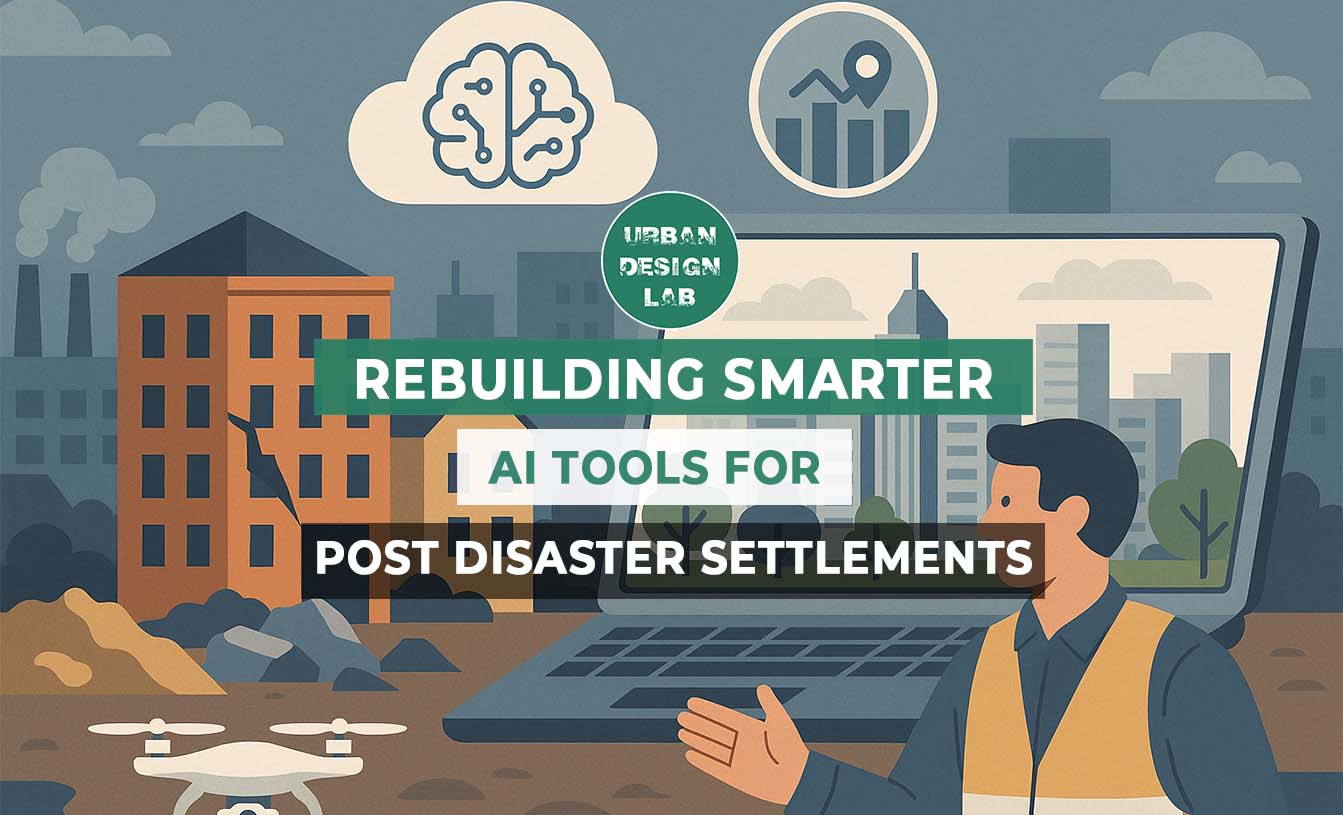
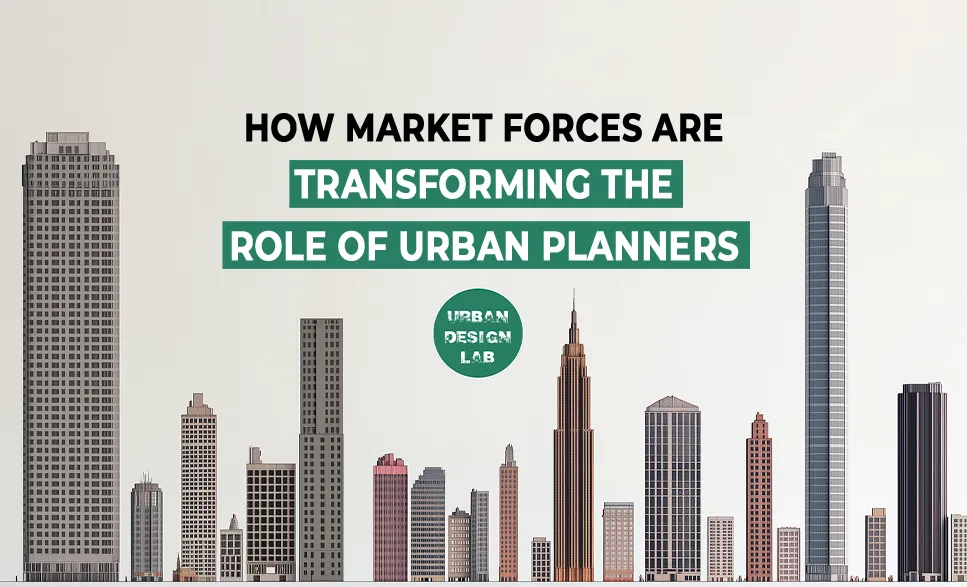

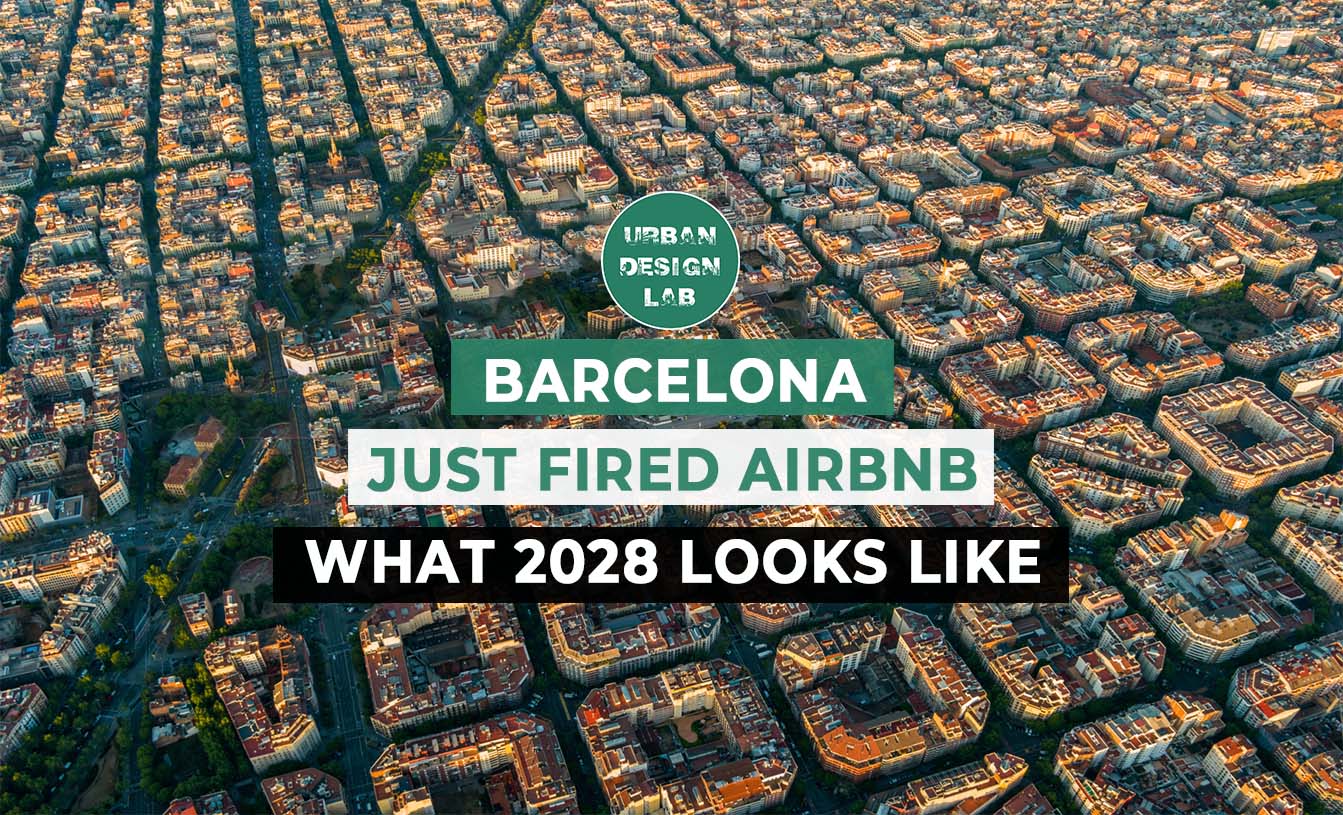


One Comment
Good